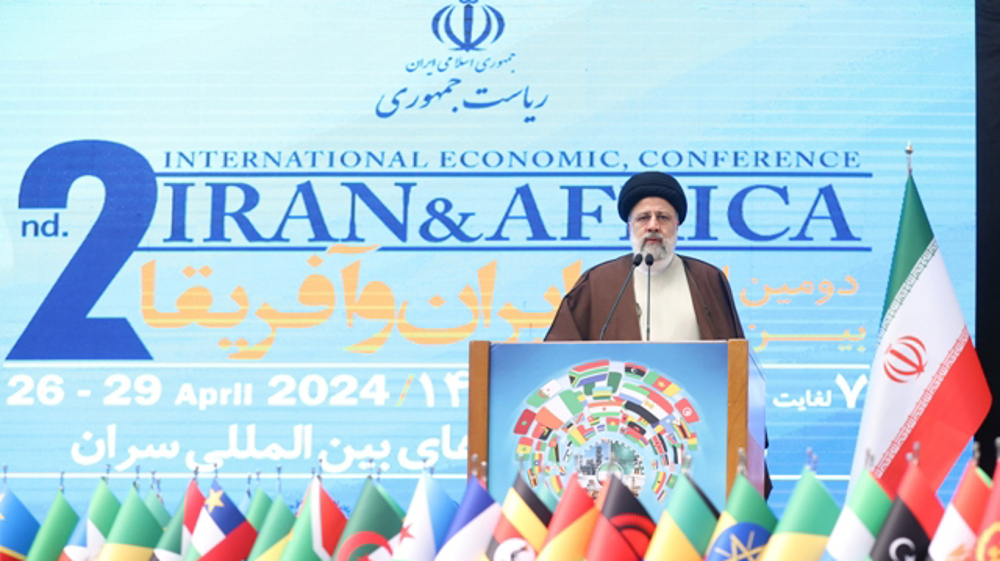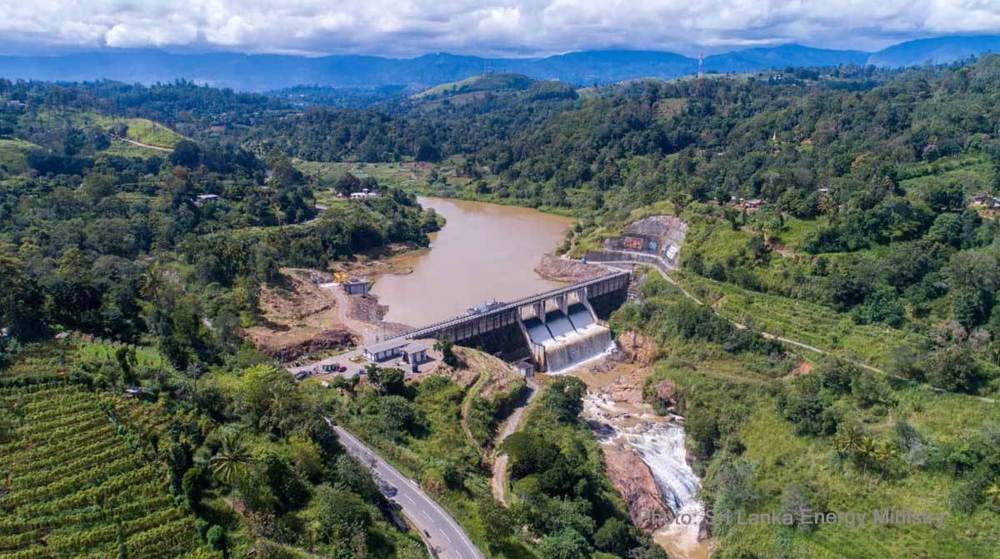Iran set for landmark jump of 70% in aluminum output
Iran’s aluminum production is headed for a landmark rise of 70% when a new smelter comes online early next year, making the country self-sufficient in the strategic metal, Deputy Minister of Industry, Mining and Trade Mehdi Karbasian has said.
The South Aluminum Corp (Salco) smelter, being built in the city of Lamerd near the Persian Gulf, is about to add 300,000 tonnes per year of new capacity in the first phase to Iran’s current 400,000 tonnes.
The country’s aluminum consumption is less than 700,000 tonnes, and the operation of the new plant means Iran will need no more imports of the metal which is widely used in transportation, packaging, construction, electrical industry, consumer durables and machinery.
However, Iran will still need to import the raw ore bauxite or the refined ore alumina from which aluminum is made. According to Karbasian, bauxite resources discovered in the country so far are not sufficient enough to keep up with demand.
Iranian Aluminum Company (Iralco) in the central city of Arak and Al Mahdi Aluminum Complex in Bandar Abbas are currently the two operational smelters which partially depend on alumina imports from India and bauxite from Guinea.
Guinea sits on the world’s largest reserves of bauxite estimated around 40 billion tonnes. In July 2015, Iran and Guinea revived a deal to extract bauxite in the African country after a delay of 25 years and ship it to the Middle East for aluminum production.
India’s National Aluminum Co Ltd (NALCO) planned to set up a 500,000-tonnes-per-year smelter and an associated power plant in Iran worth as much as $2.6 billion but put the scheme on hold last year in order to focus on expanding domestic capacity.
Karbasian has said Iran was also in talks with bauxite producers in Australia and Brazil.
Iran’s own expansion includes building five new plants and raising aluminum output to 1.5 million tonnes per year by 2025. The country is currently the 20th largest producer of aluminum in the world.
Salco is being built by China Nonferrous Metal Industry’s Foreign Engineering and Construction Company (NFC) with $1.2 billion which includes construction of a deep water port, Karbasian told the CRU Aluminum conference in London on Tuesday.

The state-owned Iranian Mines and Mining, Industries, Development and Renovation Organization (IMIDRO) which Karbasian heads owns 49 percent of Salco. The other 51 percent is owned by Iran’s Ghadir Investment Company.
According to the official, negotiations have been held with Italians to implement the second phase of Salco with a capacity of 400,000-500,000 tonnes.
The smelter will use energy from a gas-fired power plant, which will factor in production costs and cut them steeply.
Another project is Kaveh Khouzestan Aluminum Company (Kalco) smelter with a capacity of 375,000 tonnes per year, which will be built in Masjed Soleyman close to the Persian Gulf at a cost of around $1 billion.
China’s NFC is carrying out expansion on Jajarm Alumina in northeastern Iran, which is currently operating at the nominal capacity of over 300,000 tonnes per year.
IMIDRO has also held bidding for Persian Gulf Alumina which includes setting up a 1.6 million-tonne capacity in the Parsian Energy Intensive Industrial Special Economic Zone in Assaluyeh.
“To reach the 1.5 million-tonne capacity in line with the 2025 vision plan, there is need for 3 million tonnes of alumina and more than 6 million tonnes of bauxite,” Karbasian has said.
According to the official, Iran is seeking $50 billion in investment for its mining industries up to 2022 and has signed partnership agreements with several European and Asian miners, manufacturers and banks.
As part of expansion plans for its resources industry, Iran seeks to boost steel production to 55 million tonnes by 2025 from 31 million currently. Last year, Iran’s steel exports soared to about 9 million, Karbasian said.
Iran is also seeking to increase its copper cathode production to 800,000 tonnes a year by 2025, but it faces headwinds which US President Donald Trump may create through re-imposing sanctions on the country as a May 12 deadline draws near.
VIDEO | Press TV's news headlines
VIDEO | American, Israeli rabbis call for ceasefire during protest near Gaza
Minister urges enhanced Iran-Russia defense cooperation
US campus crackdown: 500 pro-Palestinian protesters arrested
VIDEO | Yemenis rally in Sana'a in solidarity with Palestinians in Gaza
VIDEO | Jordanians march after Friday prayers in support of Palestinians
Far-right Israeli minister Ben-Gvir injured
Germany clears pro-Gaza camp as US-style demos spread across Europe












 This makes it easy to access the Press TV website
This makes it easy to access the Press TV website